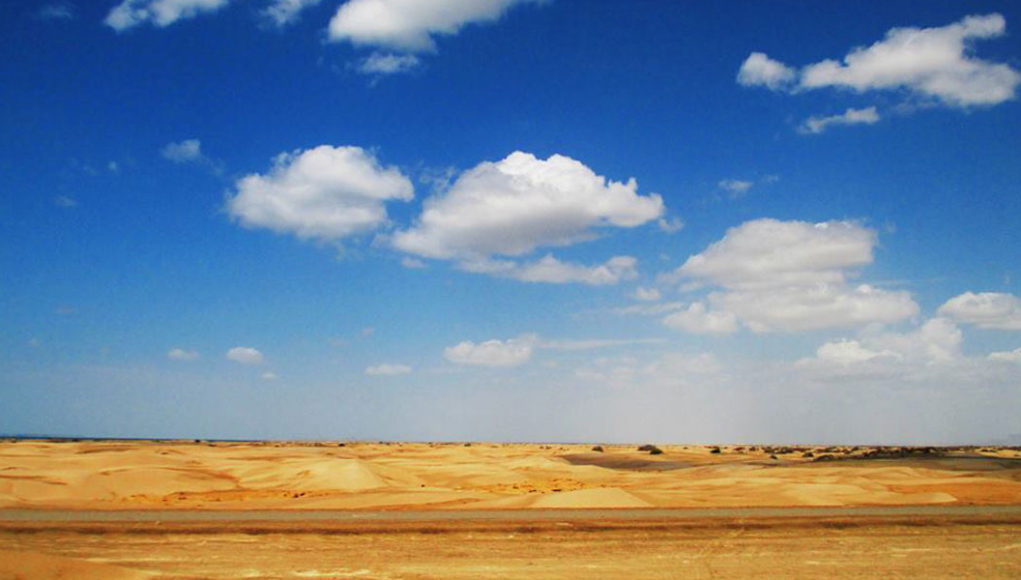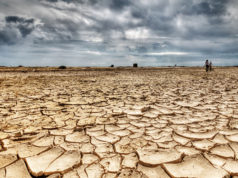Adnan Aamir
Urgent questions around climate change never get the attention they deserve in Pakistan. Yet, every year, Pakistanis feel the worsening impact of climate change. It is apparent in the air quality of Lahore, or the water crisis in Karachi. As a whole, this issue warrants serious attention from the government.
As per the Global Climate Risk Index 2018, Pakistan was 8th most affected country by climate in the last two decades. In Pakistan, the impoverished province of Balochistan has also seen many of these effects.
Drastic changes in climate have affected the people in multiple ways. First, the province witnessed a long spell of drought which started in the late 1990s which ended after nearly a decade. Then, the 2010 floods destroyed the civic infrastructure in Naseerabad division of Balochistan. Later, the province saw the adverse effects of climate change in the form of reduced rainfalls, which once again brought drought in the province.
Currently, the effects of climate change are manifesting in three ways: drought, malnutrition and shortage of water. Drought has been a regular feature of the socio-economic profile of the province. The 1990s and the first decade of the 21st century in Balochistan was a story of a full-scale drought.
It is not possible in most places to extract water to irrigate corps. As a result, the agricultural activity has shrunk and people associated with the sector are migrating to Quetta and Hub
Last month, provincial minister Saleem Khosa revealed that more than half a million people in Balochistan have been affected by drought. This is a grave situation, given the relatively small population that makes up the province.
Drought takes its toll on the province through agriculture and livestock, which are the main sources of livelihood for many people in the province. The rural population of Balochistan gets trapped in a vicious cycle of poverty because of the recurring dry spells which not only take away livestock, but also livelihoods.
Traditionally, it was the Rakhshan and Jhalawan belt of Balochistan that was affected by drought. However, its affects are now being felt across the province. Even wild animals living in Hingol National Park have been affected it.
The traditional response of the government to drought is to declare the affected area as calamity-hit zone. Then a few trucks of supplies are sent and that is it. This limited response is not enough and does not even sufficiently provide relief to the people, let alone cope with the challenge as a whole.
The second problem effect of climate change on Balochistan is malnutrition. As per a national nutrition survey conducted in 2011, 40 percent of children in Balochistan are underweight, 52 percent are stunted and 49 percent of mothers are anaemic. This situation has not improved much in the last seven years. Malnutrition is caused by drought, poverty and early marriages. All these factors contribute to keeping the children malnourished.
In November 2018, the Balochistan government responded to the severity of the situation by imposing a nutritional emergency in the province. This means that the government would increase funding of its program to provide assistance to malnourished children.
Although this is a good step, it must be remembered that imposing an emergency has not worked well in Balochistan in the past. In 2014, the Balochistan government imposed education emergency and increased funding for education. When the so-called education emergency failed to achieve its result, the provincial education minister claimed that the government had never imposed educational emergency in the first place. Therefore, hopes for the success of the nutritional emergency are not too high in Balochistan.
Another effect of climate change in Balochistan has been water shortage. The changing climate has resulted in a fall in the water table of the province. Rainfall has reduced on average as compared to 20 years ago. As a result, the water table does not get recharged. Tube wells extracting water have further depleted sources in the province.
This shortage has had a huge impact on agriculture. It is not possible in most places to extract water to irrigate corps. As a result, the agricultural activity has shrunk and people associated with the sector are migrating to Quetta and Hub for new opportunities. This economic migration has increased the burden on the already fragile infrastructure of Quetta.
Quetta itself feels the effects of a water crisis. Due to the fall in the water table and an increase in the population, the government cannot supply water to the entire populace. According to officials of the Water and Sanitation Authority (WASA), Quetta requires 200 million gallons of water a day. WASA can only provide 100 million gallons, leaving almost half the population of the city to fend for itself.
This failure has resulted in growth of private tube wells and water tanker businesses. Rather than increasing the capacity of WASA to supply water to the entire city, the government often shuts down the tube wells of water suppliers and deprives the population of water. This is a management problem but it is caused due by climate change.
In these circumstances, the Asian Development Bank (ADB) came to the rescue. It agreed to lend $107 million to Balochistan, which will be used to improve irrigation infrastructure and water resources. The Balochistan Water Resources Development Sector Project, with the help of ADB, will develop water resources in Zhob and Mula river basins. If successfully implemented, these projects can irrigate huge tracts of land and it will contribute uplifting the socio-economic profile of the province.
However, according to some experts, the government needs to build four medium-size dams near Quetta valley to fulfil the water supply requirements of the city. Those would require resources which Balochistan government does not have and the federal government is facing its own financial crisis.
In such a situation, a possible solution can be what Senator Usman Kakar suggested in the Senate a couple of weeks ago. He said that the funds collected under the Chief Justice’s Dam Fund could be used to build small dams in Balochistan. If taken seriously, this suggestion could prove good for the province.
Originally published in The Friday Times
Share your comments!






